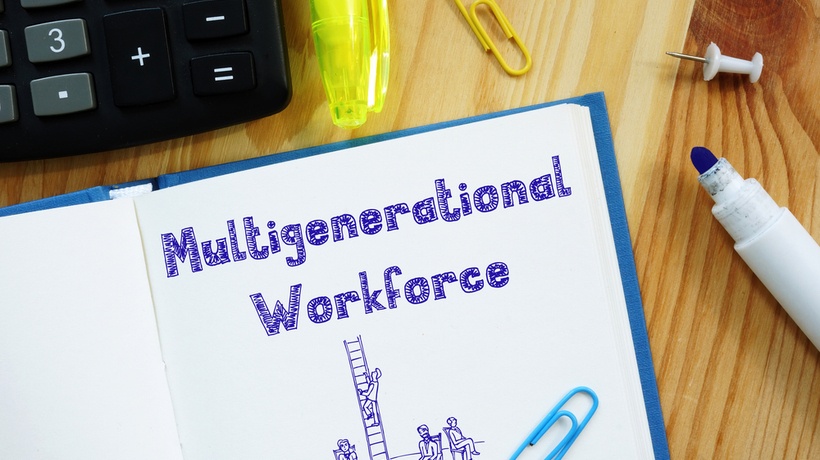Learn How To Manage A Multigenerational Workforce
These distinct groups of employees have varied expectations when it comes to the workplace and its culture. Therefore, you first need to know your multigenerational workforce well before developing any strategies to manage them.
What Is A Multigenerational Workforce?
Basically, there are four working generations that your organization may comprise of, which are as follows:
- Baby Boomers: From 1946 to 1964
- Generation X: From 1965 to 1976
- Generation Y (Millennials): 1977 to 1995
- Generation Z: From 1996 and beyond
7 Tips On How To Manage Your Workforce
Now that you have an idea about various generations, let's hop in to find some tips to manage this diversified workforce efficiently.
1. Promote Open Communication
Make a serious effort to build a company culture that promotes open dialogue that helps eliminate barriers between generations. Through a simple interaction, preconceived perceptions can quickly be brushed aside. The way different generations choose to communicate varies significantly, from baby boomers with emails and plain text to millennials and Gen Z preferring different mediums and more engaging internal content such as videos, webcasts, and blogs.
2. Ensure Continuous Feedback
Though millennials are labeled as a more feedback-needed generation, this methodology should not just be limited to them. All employees should be provided with constantly specific and constructive feedback to enable them to enhance their skills and improve their performance.
3. Be Clear With The Expectations
When it comes to the understanding of business goals and strategies, no matter which generation they belong to, all the employees prefer to have a clear picture of their goals. When evaluating the multigenerational employees, it will be more crucial to examine their scope and nature of work than their age. Set expectations early and often repeat, so that everybody knows where they are going and can take their accountability for their actions. It will enable them to be well aligned with their goals and attain them within the allotted time period without any distractions.
4. Embrace Flexibility
Each employee has multiple professional and personal needs regardless of the generation they belong to. Take the time to listen closely so that you can support your employees with the required tools and equipment. Flexibility should, therefore, also be taken into account in your organizational culture.
5. Create Ways For Knowledge Sharing
See how many experienced employees should retire in the next three to five years in your organization. Give your team traditional and reversing opportunities to learn from each of them so that the existing employees are well versed in the respective field. Organizations that blend industry-wide knowledge with expertise have a tremendous competitive advantage. That is why organizations are discovering new approaches to inspire employees of multiple generations to work together and share their knowledge.
6. Provide Opportunity To Voice Their Opinions
While older generations do not want to share their thoughts, issues, and feedback constantly, younger generations expect employers to respect their share of voice. That is why many organizations are transitioning from conventional, one-way communication to a more open, two-way framework. The willingness to engage in crucial business meetings and actions provides a greater sense of purpose for employees and contributes to a higher degree of dedication toward their work.
7. Encourage Transparency
Although transparency and inclusiveness may not be common with older generations, millennials and Z-generation employees want and expect their employers to be fully transparent. Since these two generations are the biggest chunk of today's workforce, it is not alarming that many firms are now investing in complete corporate transparency policies and adapting an employee-centric approach.
On the other hand, employers are trying to gain greater visibility. In addition, 44% of employers rate their present level of transparency of the workforce as "partial." As a result, many companies still do not have a way to properly understand their multigenerational employees, their needs, desires, and how they interact and cooperate with each other.
Bottom Line
Your employees, whatever their age, have been drawn to your company with a willingness to achieve a common goal. By delivering workforce incentives and retention plans that respond to the financial and purpose-driven expectations of each generation, you will inspire them to have an influence throughout their careers and provide them with financial confidence to keep contributing to your company mission.









